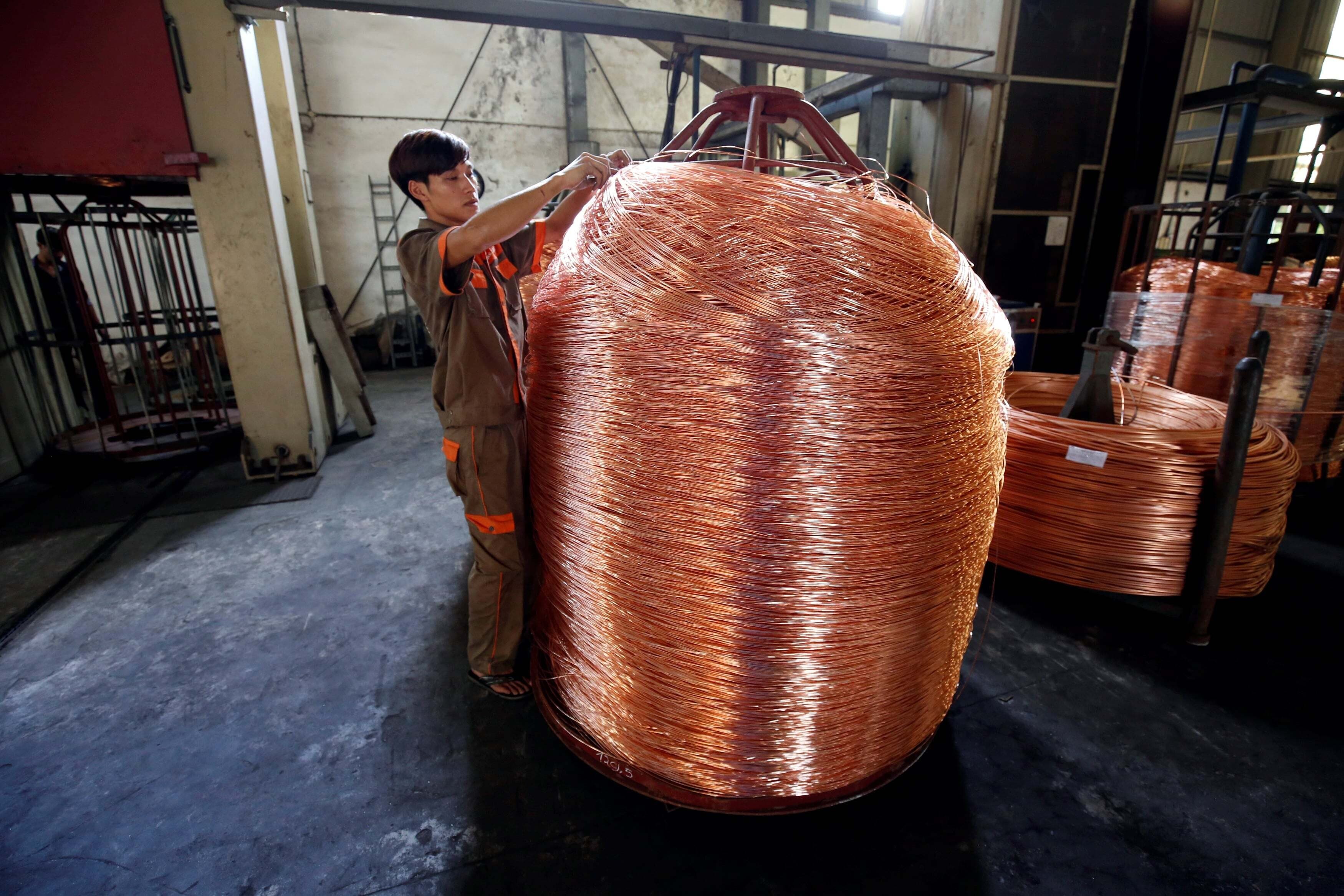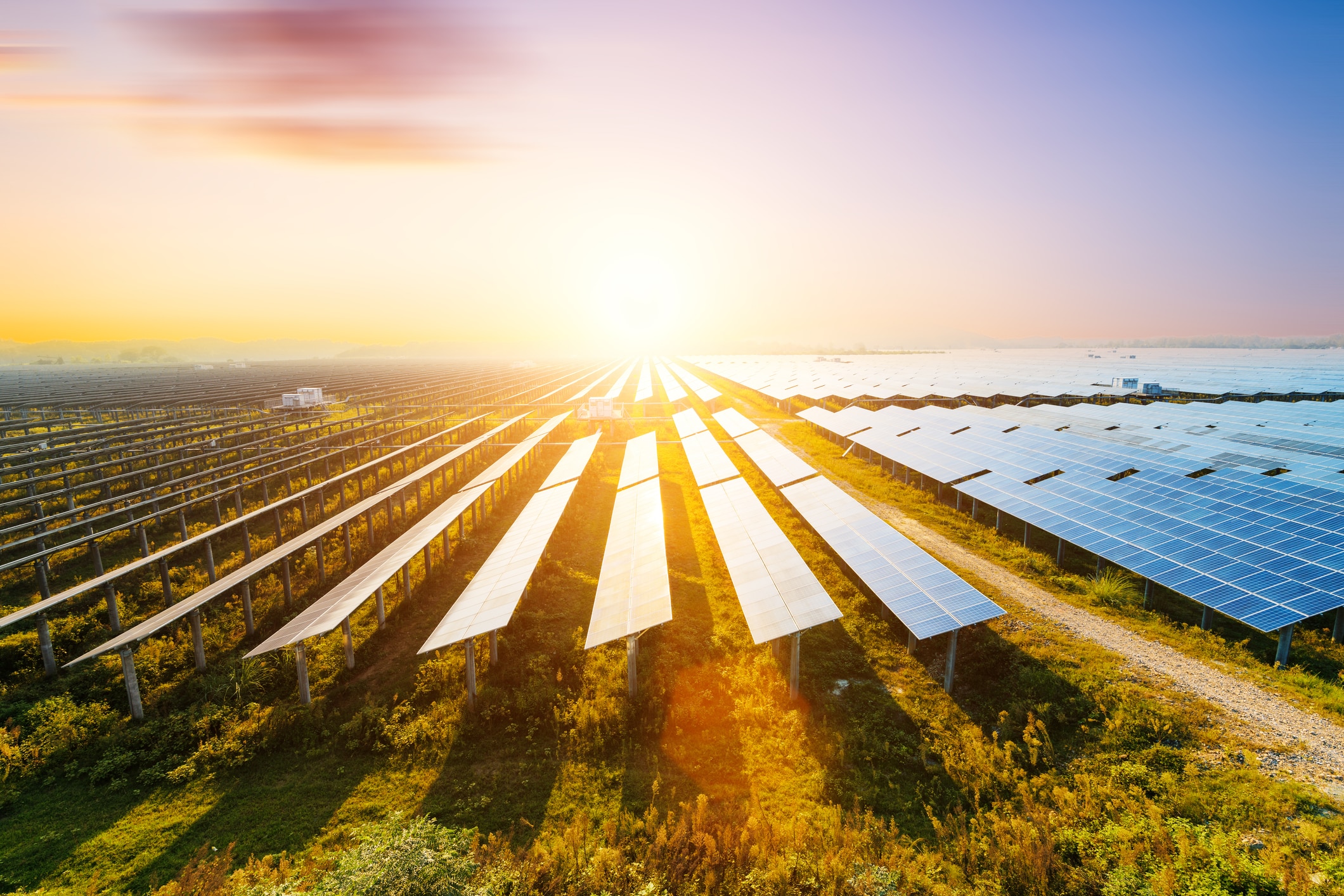75% of textiles end up in landfills. Can trade facilitation and the circular economy be the solution?

The textile industry can lear from e-waste to help drive it towards a circular economy.
Image: Unsplash/Miikka Luotio
Philippe Isler
Director, Global Alliance for Trade Facilitation; Executive Committee Member, World Economic ForumStay up to date:
Circular Economy
- The apparel industry contributes significantly to global carbon emissions, while almost 75% of textiles end up in landfills.
- A major challenge in managing textile waste is the lack of standardized classification and reporting systems across countries.
- The textile industry can learn from the successes of e-waste regulations, which improved recycling rates through extended producer responsibility and support the circular economy.
The apparel industry contributes 10% of global carbon emissions, exceeding those from international flights and marine shipping combined.
In 2020, the European Union (EU) consumed an average of 14.8 kilogrammes (kg) of textiles, including 6 kg of clothing, 6.1 kg of household textiles and 2.7 kg of shoes per person. Yet, only 1% of all this production is ever recycled into new textile fibres. Much of it is exported to Africa and labelled as second-hand clothing but 40% ends up as waste in landfills or the ocean, causing severe environmental impact.
Recycling methods are progressing mechanically and chemically but this industry remains commercially unviable without government support. Moreover, between 60% and 70% of clothing is made from plastic-based materials such as polyester, further linking the apparel industry to fossil fuels, making recycling more difficult and exacerbating the issue of microplastic pollution.
The fashion industry is beginning to adopt natural materials and implement recovery processes but challenges remain.
The need for harmonization and transparency
From influencing consumer behaviour to improving the use of recyclable materials at manufacture, these problems will take time to resolve. However, there are immediate steps that can be taken quickly without major investment.
One of the primary challenges is sorting secondhand clothing from textile waste. The lack of harmonization across countries in terms of data collection, classification, and reporting is extremely apparent. Countries adopt varying standards for what constitutes waste versus reusable textiles.
For example, in Italy, Austria, Germany and the Netherlands, textile collection through "bring banks" is categorized as waste collection, regardless of the textile quality or the donor’s intention. In contrast, France and Sweden classify collected textiles as used goods until they reach a waste sorting facility. In other nations, collection through "bring banks" is not deemed waste collection, as long as collectors specify the materials they accept or reject.
Furthermore, exporting used textiles from the EU lacks transparency and traceability. What happens to these textiles is often unclear once they arrive in destination countries. In 2019, approximately 46% of used textiles in the EU were exported to Africa. Used textile imports aim for local reuse, driven by the demand for affordable clothing. However, many of these items, sent in bales, are simply unsuitable for reuse and typically end up in open landfills or informal waste disposal channels.
Similarly, in Asia, textiles account for 41% of EU exports and used textiles are sent to designated economic zones for sorting and processing. These textiles are often recycled, usually downgraded into industrial rags or filling materials or re-exported, either for recycling in other Asian nations or for reuse in Africa. Textiles that cannot be recycled or re-exported will likely be managed through general waste systems, predominantly ending up in landfills.
With the requirement for all EU countries to separately collect textile waste by 2025, the volume of collected used textiles is expected to grow. As such, it is fundamental for the future of circular apparel and the circular economy to establish more effective collaboration between commercial actors and governments.
Learning from electronic waste
The Waste Electrical and Electronic Equipment (WEEE) Directive was introduced in 2012 to address a similar conundrum facing the textile industry.
This directive regulates the end-of-life treatment of e-waste in Europe. It establishes an extended producer responsibility principle, giving the producer responsibility for the treatment or disposal of end-of-lifeproducts. Since its launch in 2012, over half of the electronic and electrical equipment waste generated in Europe has been properly recycled.
Textile waste is a significant and growing challenge that requires urgent attention and addressing it brings economic and environmental benefits.
”WEEE regulations have improved e-waste recycling, offering lessons for textiles. With evolving established definitions and guidance, the total amount of electronic and electrical equipment waste collected rose from 3.0 million tonnes in 2012 to 4.9 million tonnes in 2021 and the total recycled and prepared for reuse increased from 2.4 million tonnes to 4.0 million tonnes, a growth of 64.8% during the same timeframe.
While the electronics and textile industries are very different, lessons can be learned.
Trade facilitation
Trade facilitation aims to establish streamlined processes using digital tools and other techniques to reduce the friction of legitimate trade. This is particularly important for developing economies that depend on international trade as a key driver of economic growth.
One rapidly emerging area of interest is the circular economy. Current trade procedures are woefully inadequate for managing reverse supply chains – specifically, the process of returning used goods to their countries of origin for recycling purposes.
The Global Alliance for Trade Facilitation has been at the forefront of developing methods to simplify the return of used electronics from countries of consumption back to recycling facilities. The Basel Convention regulates the movement of waste and hazardous goods and while the policies are in place, the operations through digitalized processes still have a long way to go.
As a result, logistics providers often refuse to transport such consignments due to the risk of being entangled in cumbersome bureaucratic processes, potentially leaving them stranded holding hazardous waste with no clear resolution.
What lessons can the textile industry draw from this?
Actions for the textile industry towards a circular economy
Several measures must either be initiated or accelerated; here are a few recommendations:
- Standardized data collection and reporting: Governments should implement standardized systems for tracking textile waste, using digital tools like product passports for full traceability.
- Improved sorting and pre-sorting at source: Better sorting processes and controls at collection can reduce waste export.
- Enhanced recycling infrastructure: Invest in recycling infrastructure to convert more textiles into new products.
- Harmonization of classification systems: Governments should harmonize textile waste classification systems with a common framework for defining and categorizing, ensuring consistency in data collection and reporting.
- Extended producer responsibility schemes: Extended producer responsibility schemes can incentivize sustainable textile design and help invest in recycling programmes.
Textile waste is a significant and growing challenge that requires urgent attention and addressing it brings economic and environmental benefits. By enhancing trade facilitation, transparency and harmonizing regulations, the apparel industry and government can transform this challenge into an opportunity for growth and sustainability.
Don't miss any update on this topic
Create a free account and access your personalized content collection with our latest publications and analyses.
License and Republishing
World Economic Forum articles may be republished in accordance with the Creative Commons Attribution-NonCommercial-NoDerivatives 4.0 International Public License, and in accordance with our Terms of Use.
The views expressed in this article are those of the author alone and not the World Economic Forum.
Related topics:
Forum Stories newsletter
Bringing you weekly curated insights and analysis on the global issues that matter.
More on Trade and InvestmentSee all
John Letzing
July 24, 2025
Anthony Cano Moncada
July 23, 2025
Lisa Satolli
July 17, 2025
Yusuf Maitama Tuggar
July 10, 2025
Bright Simons
July 7, 2025





